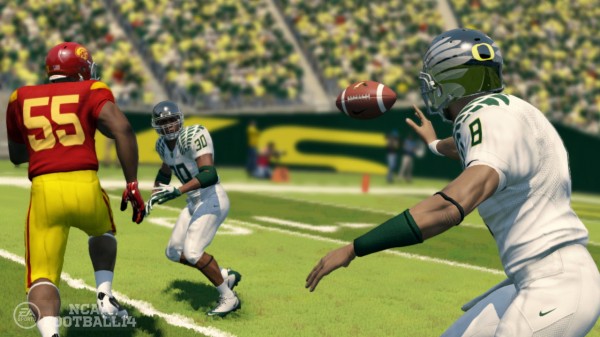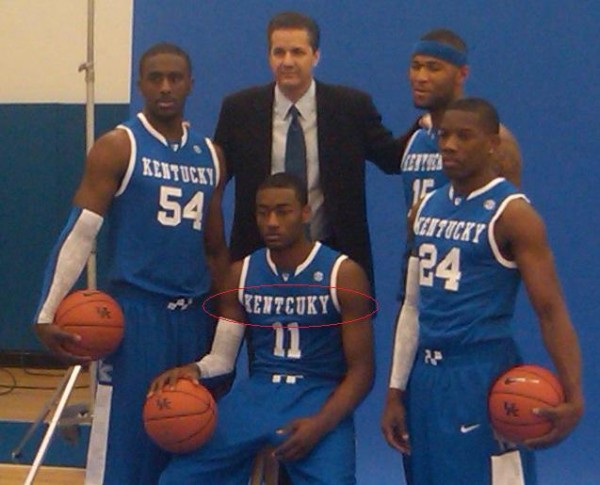Posted by Chris Johnson on July 19th, 2013
Chris Johnson is an RTC Columnist. He can be reached @ChrisDJohnsonn.
The NCAA is scared. No really, it is. Wouldn’t you feel the same way if, say, a massive class-action lawsuit with the potential to utterly shatter the fundamental method by which you govern and profit off college sports was knocking at the door? There’d be some fear in there, I’m fairly certain. That doomsday scenario is exactly the situation the NCAA could face as soon as this summer, when U.S. District Judge Claudia Wilken is expected to grant class certification to a group of plaintiffs accusing the NCAA of not only price-fixing amateur athletes’ free-market oriented, competitive economic entitlements, but withholding the millions of dollars in TV and video game revenue schools, conferences and the organization itself reaps in each and every year. A storm is coming, and the NCAA is beginning to feel the heat. That’s probably an understatement. “Preparing for life without amateurism,” the utter silliness and dubious origin and antiquated nature of which is a different column for a different day, is probably closer to what the NCAA is thinking right now.

The end of a lucrative video game partnership is only half of the story.
How do I know the NCAA is scared? Because when it does things like disassociate itself from one of the stickiest points of the massive lawsuit holding its head in the proverbial guillotine, you just know. That is, in essence, is what the NCAA did Wednesday night, when it announced it would no longer sponsor EA Sports’ famous NCAA Football video games. The move makes intuitive sense. Ed O’Bannon’s eponymous legal atom bomb began as a suit against the NCAA and EA Sports challenging the uncompensated use of student-athletes’ likenesses in video games. The case has since evolved to include current and former athletes who want a share of not only the revenue generated by video games, but also – as mentioned above – the conference realignment-driving, bank account-defying, laughably-defended TV contracts negotiated with member schools and conferences. The NCAA can’t afford to cut loose with the meatier part of the suit – the massive media rights revenues to be seized and, depending on your idea of what a new college sports world order could look like, distributed (at least in part) to the student-athletes who make those revenues possible in the first place. That part of the suit is in Wilken’s hands. The dispute over the properly compensated use of likenesses is baked in there, too, but the NCAA – up until Wednesday night – could (and did) at least make the prudent move to divorce itself from its longtime video game partner, lose a few dollars in the exchange and emerge fiscally solvent on the back end provided the other finer points of the lawsuit – namely, the class action dagger threatening to puncture amateurism’s aortic valve – fall short of unraveling the organization’s overarching economic model.
Read the rest of this entry »
| legal matters
| Tagged: ea sports, feature, ncaa
Share this story














































